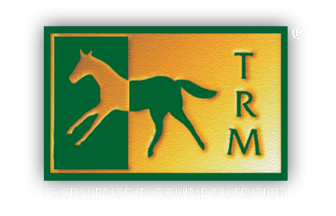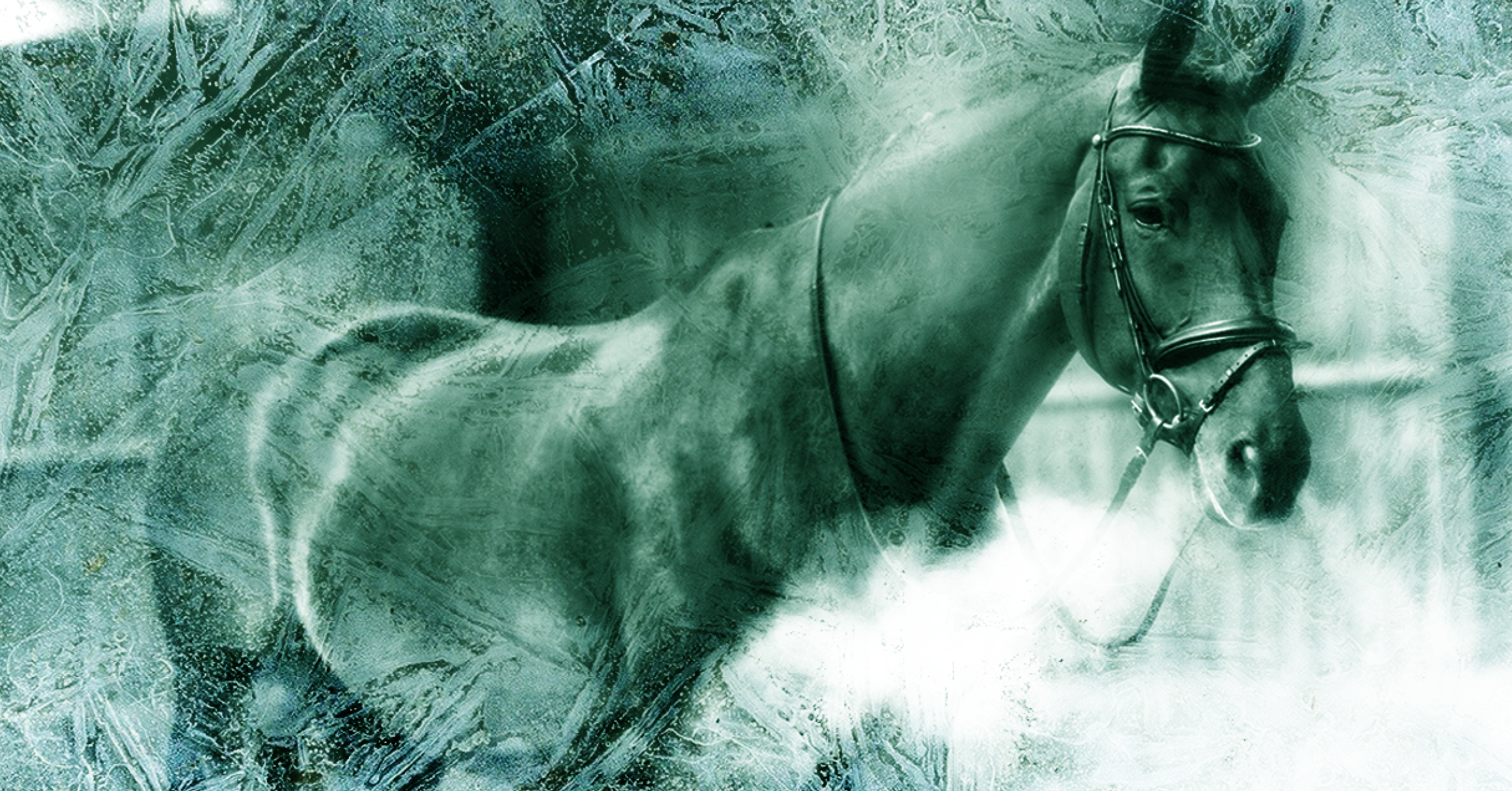
The old adage “Feed according to work done” stands all year round and experienced horse people will increase and decrease feed slowly throughout the year depending on energy requirements and competition / breeding schedules.
With cold winter weather and reduced competition schedules in some sectors, many horses are ‘roughed off’ for the winter months and if this is the case the below dietary tips should be considered.
TRM TOP TIPS FOR WINTER FEEDING
- Forage is vital for horses, and even more so in cold weather, adlib forage should be made available as it will typically be lower in nutrient quality and the process of digesting the fibrous material alone will generate heat.
- Grass growth will become dormant at temperatures below 4 degrees Celsius so diets should be supplemented with hay or haylage.
- Underweight horses and ponies, breeding stock and working horses, will need additional higher energy hard feed / concentrates to help them gain or maintain condition.
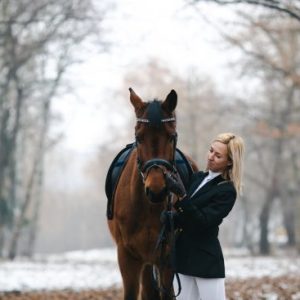
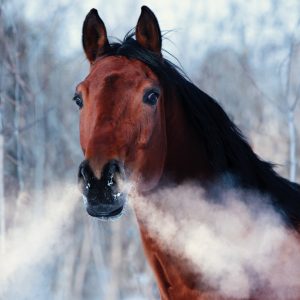
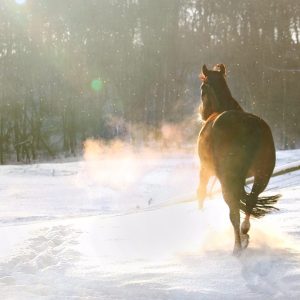
- It is perfectly natural and healthy for most horses to lose ‘some’ condition in the winter months this happens naturally in the wild. Winter is a good time to start getting ‘good doers’ in shape early for the coming year. It’s healthy for a horse to go into spring looking slim, so when the spring grass comes through, they can put on condition without becoming overweight.
- Winter grazing and preserved grasses will be low in vitamins and minerals and supplementation with a broad spectrum multi vitamin tonic such as TRM’s Speedxcell is advised to avoid any health issues due to deficiencies. By maintaining balanced mineral levels now, issues with feet, bone development and coat will be avoided later.
- Rugging of horses will depend on many things such as age and condition of animal and temperature levels as well as the provision of shelter from wind and rain. ‘Hardy’ ponies and overweight animals will actually benefit from being allowed winter naturally with no rug. The more delicate animals may need rugging according to temperature but care must be given to ensure that rugs fit properly and are not to heavy causing sweating during the day and thus causing a chill as the temperature drops. Rugged animals must have their rugs removed daily to ensure there are no rubs or sores developing and monitor condition to ensure weight loss /gain is identified.
- Removing of shoes, if feet are in good order, will also allow for natural balance and hoof growth to ensue. This does not mean that feet are to be neglected and trimming from a farrier will need to take place. As it takes approximately 6 months to grow hoof horn, now is the ideal time to remove shoes whilst feeding a supplement such as Hoofmaker to encourage strong growth. Your farrier will thank you for this as it will provide him with plenty of foot to work with from the start of the season.
- Older horses, particularly those with poor teeth, can struggle in the winter and lose condition dramatically. Watch closely for quidding and rapid weight loss. Forage will need to be supplemented with hard feed that is low in sugar and high in fibre. Commercial compound nuts that are softened, added to beet pulp and top dressed with an energy dense oil such as Curragh Carron Oil, will help provide the calories and fibre need to maintain condition during the winter months.
- Don’t forget about the water! – It is detrimental to forget this important component in the winter months. Horses need to continue drink water (approx. 20-30 litres/day) regardless of the temperature and workload. Horses with a history of colic or who have notable dropped water consumption should be encouraged to increase water intake during the winter months. Don’t forget dried forage will also have a lot less water content then fresh grass! If your horse is drinking less than normal, consider adding electrolytes (TRM’s Isopro) to his feed, which will encourage him to drink. Besides the obvious checking of troughs for ice, if possible, offering tepid water will ensure issues such as impaction colic and dehydration are avoided in the winter months.
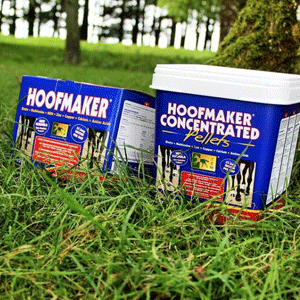
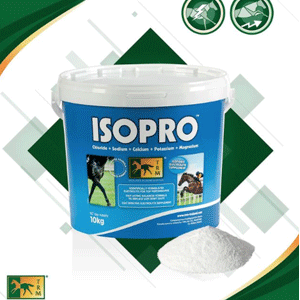
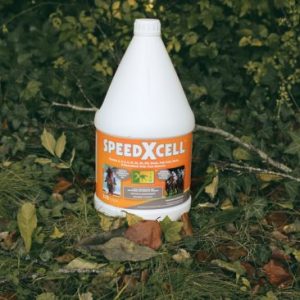
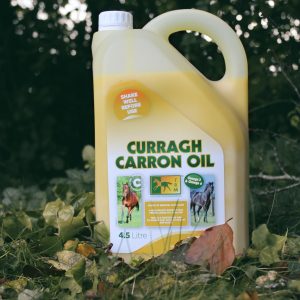
Facebook
Twitter
LinkedIn
Email
